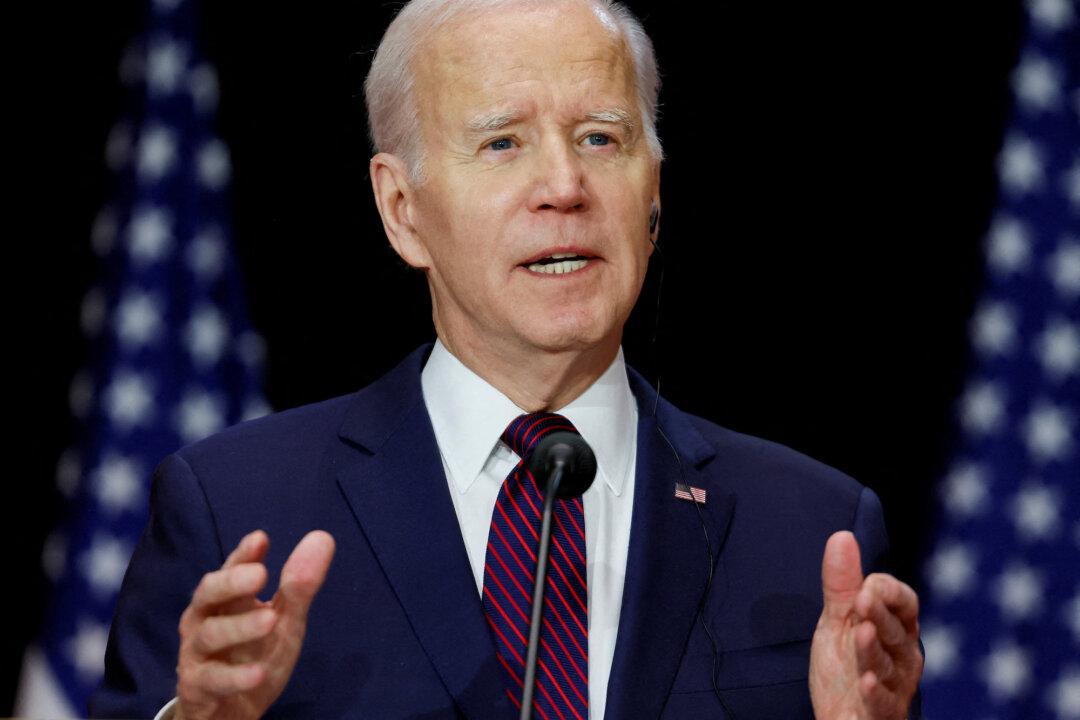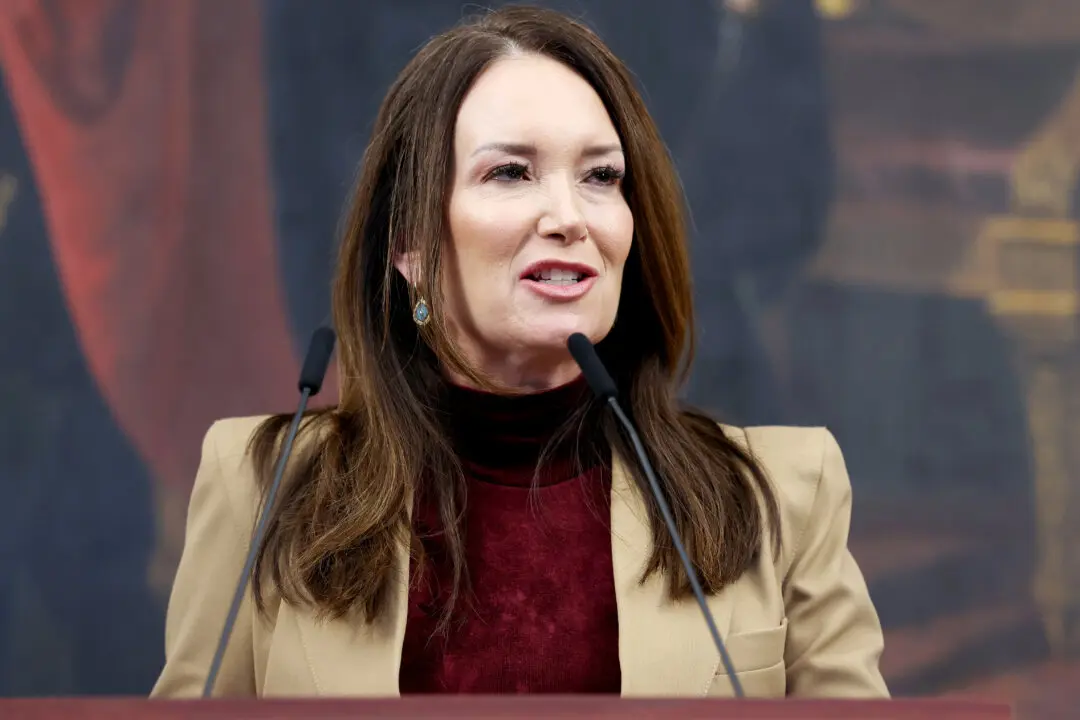President Joe Biden announced an executive order in the Rose Garden on April 18 designed to increase access to and lower the costs of long-term care and child care, and support care workers and family caregivers the White House said in a statement.
Calling it the most “comprehensive set of executive actions any president has ever taken to improve care,” the White House reported in a fact sheet that the order includes more than 50 directives across almost every Cabinet-level agency.





